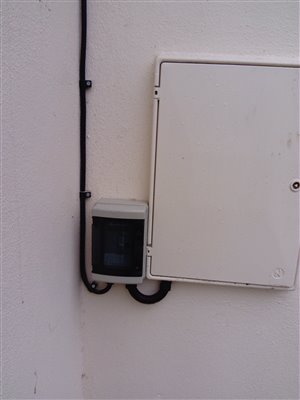Hi,
Anything inherently wrong with installing consumer units outside?
IP rated (IP65/66).
The plan is to install henley blocks into the exterior meter cupboard, and a supply taken to an IP rated lockable enclosure on the wall directly below the cupboard to supply an outbuilding.
How does the sway in temperature impact MCB and RCD functionality? They all seem to be rated to sub zero temperatures and in excess of 40 degrees.
Anyone with any extensive experience doing this?
Thanks.





